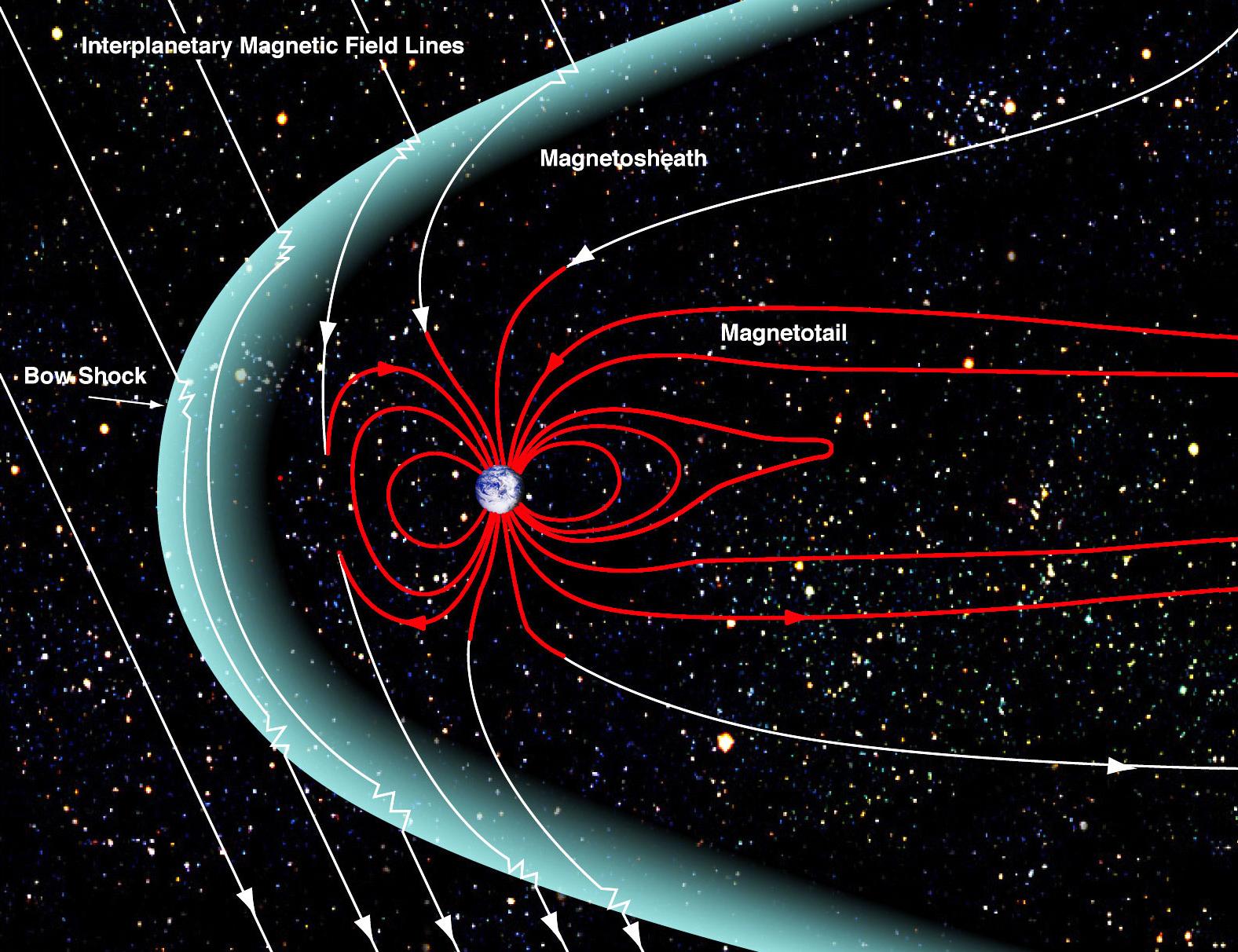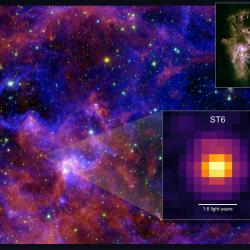Space Weather Mission Gets $1.25 Million and a Green Light for Feasibility Studies
University of Maryland astronomer is part of a team selected by NASA to design a mission for the first global view of space weather
NASA has awarded a research team including University of Maryland Astronomer Kyle Murphy $1.25 million to study the potential of a proposed mission to produce the first global view of space weather.
The mission, called Solar-Terrestrial Observer for the Response of the Magnetosphere (STORM), would launch a satellite to the edge of Earth's magnetic field to study the interaction between solar wind and Earth’s magnetosphere, the region of space where charged particles affect the planet’s magnetic field.
The solar wind—a constant stream of energetic particles and plasma ejected from the sun—drives a complex system of energy exchange in the magnetosphere known as space weather, which can affect spacecraft, satellites and communications signals like GPS.
“STORM will provide the first big-picture view of the magnetosphere and its response to solar wind,” said Murphy, an assistant research scientist in UMD’s Department of Astronomy who helped design the project. “The real benefit of this global view will be in providing better observations for models and forecasts of space weather."
Satellite instruments measure different components of space weather, but scientists have never been able to get a global view of the entire space weather system or track how energy and plasma flow from the solar wind through the magnetosphere.
STORM is one of five proposals selected by NASA to conduct a mission concept study. Following this nine-month study, NASA will choose up to two proposals to go forward to launch. If STORM is selected, the project will be funded up to $250 million by NASA’s Heliophysics Explorers’ program, and Murphy, who helped develop the science requirements and goals for the proposal, will serve as the mission’s data coordinator.
During the study phase, the team will flesh out the engineering and operations capabilities and demonstrate team capacity to complete the mission successfully. STORM proposes to launch a satellite that will carry six monitoring instruments. Two of those instruments would collect data about the plasma and magnetic field at the boundary of the magnetosphere and solar wind, while four cameras would point back toward Earth to provide data on how the magnetosphere responds to changes at the boundary.
The comprehensive dataset would enable a systemwide view of events in the magnetosphere, allowing scientists to observe how one region affects another and better understand how space weather phenomena circulate around our planet.
“We constantly seek missions that use cutting edge technology and novel approaches to push the boundaries of science,” Thomas Zurbuchen, associate administrator for NASA’s Science Mission Directorate in Washington, said in a NASA press release. “Each one of [the five selected] proposals offers the chance to observe something we have never before seen or to provide unprecedented insights into key areas of research, all to further the exploration of the universe we live in.”
###
Writer: Kimbra Cutlip
Media Relations Contact: Abby Robinson, 301-405-5845, abbyr@umd.edu
University of Maryland
College of Computer, Mathematical, and Natural Sciences
2300 Symons Hall
College Park, Md. 20742
www.cmns.umd.edu
@UMDscience
About the College of Computer, Mathematical, and Natural Sciences
The College of Computer, Mathematical, and Natural Sciences at the University of Maryland educates more than 9,000 future scientific leaders in its undergraduate and graduate programs each year. The college's 10 departments and more than a dozen interdisciplinary research centers foster scientific discovery with annual sponsored research funding exceeding $200 million.








